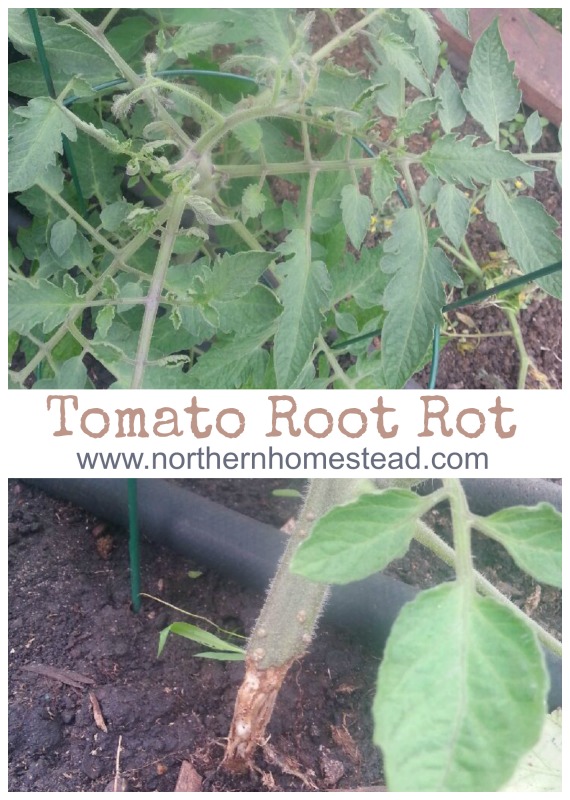 Growing tomatoes is fun, and we grow lots every year. However, it gets difficult when plants develop diseases; the growing season is pretty much over if that disease is deadly. Tomato root rot is one of them.
Growing tomatoes is fun, and we grow lots every year. However, it gets difficult when plants develop diseases; the growing season is pretty much over if that disease is deadly. Tomato root rot is one of them.
What is tomato root rot
Tomato root rot is just what the name says, the roots of the tomato plant rot. Usually it is not noticeable before it is too late and the plant dies. A very sad situation. I am sure there are fancy names for the rotting, I’m a simple gardener so I do not need to know if the rotting is a fungus or a bacteria. But if you are into it, here is a good link on tomato problems and diagnostic.
What causes tomato root rot
Tomato root rot occurs when the roots of a tomato plant are constantly wet. Some plants like that, some dislike it, but tomatoes can’t stand it.
Ironically, great gardeners and fancy drip systems get that problem, more lazy gardeners do not know what tomato root rot is.
Also, areas where it is hot and humid (like Florida) have a problem with tomato root rot.
How to prevent tomato root rot
Soil. Tomatoes are heavy feeders and love a light soil with good drainage and lots of compost. If you grow them in a pot or grow bag perlite, sphagnum peat moss and compost are the ideal components for tomato soil (also known as Mel’s Mix from the Square Foot Garden book). But whatever soil you have in the garden, it will be great for tomatoes IF you add lots of compost. If you want to be on the sure side, have your soil tested.
Tomatoes like a soil pH level of 6.0-6.5. To lower the pH use coffee grounds, tea bags, compost, or composted manure. To raise your soil pH level, use wood ash from your fireplace or crushed egg shells. Mix these with your soil.
Water. Tomato plants need to be able to dry in between watering. Careful, I am not talking about irregular watering, which will lead to cracked tomatoes. But watering in intervals, give them a good drink, and let the plants root dry in between.
If you live in a wet area with lots of rain, give your tomatoes protection. A roof, a south-facing wall, or just a plastic bag over the plant in heavy rains can help. In Germany, they sell extra tomato covers for that.
Drip systems are good, but need to be adjusted to the needs of the plant. Constant moisture can lead to problems.
Keep the soil moist but not constantly wet; we mulch our plants with wood chips. Even plants in grow bags or raised beds are mulched with wood chips. The wood takes up excess moisture and gives it back as needed during dry periods.
Tomato variety. Some tomato varieties are more resistant to root rot than others. If you can’t avoid constant wet soil, you might want to look for tomato varieties that are marked as resistant to disease. We prefer heirloom varieties from local growers. After all, they have stood the test of time and are still around.
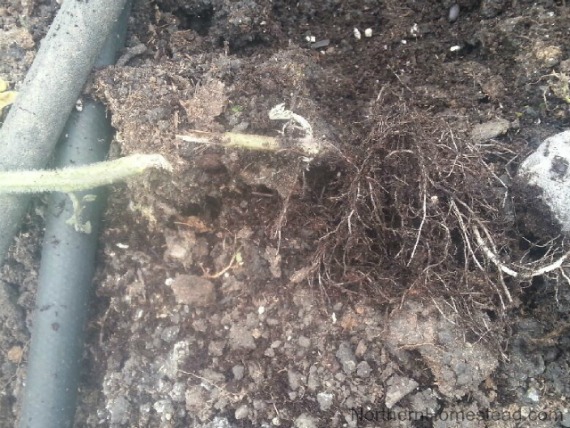
Keeping the tomato plants pruned, so that no leaves touch the soil can be helpful so the ground around the roots has more airflow.
What to do if you got root rot
Tomato root rot is fatal and contagious. Remove the infected plant immediately, careful not to infect others. Do not plant a new plant in the same spot right away, the soil is infected too. If it happened in a pot or greenhouse remove the soil that was infected, making sure you got rid of the disease. Disinfect your tools and pots. Tomato root rot is not something you want to take lightly.
We invite you to subscribe to Northern Homestead and follow us on Instagram, Facebook, or Pinterest for the latest update.




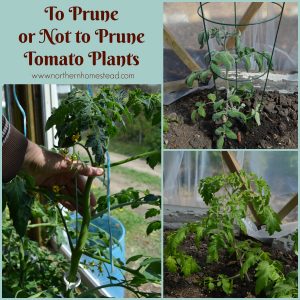
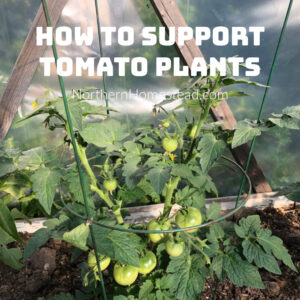
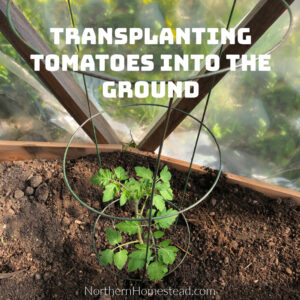
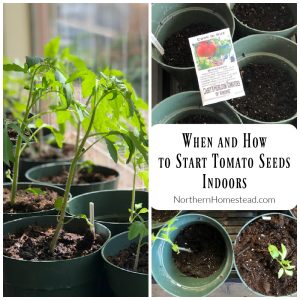
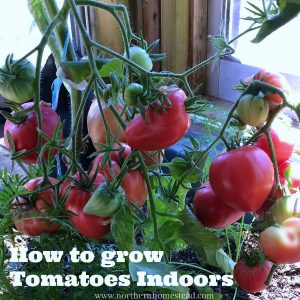
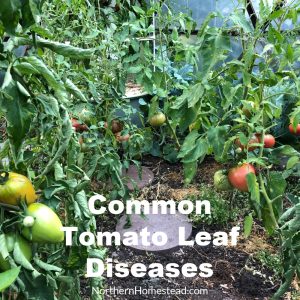
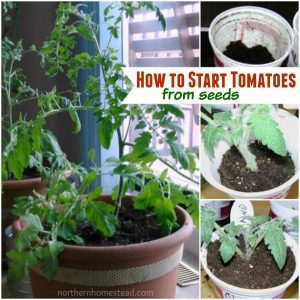
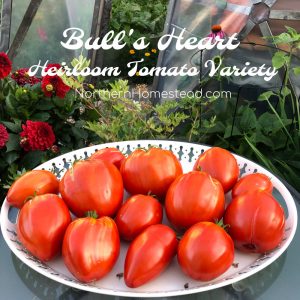
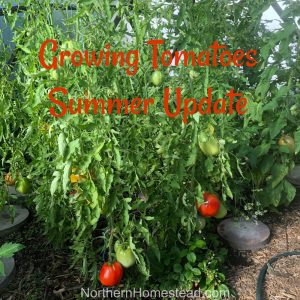
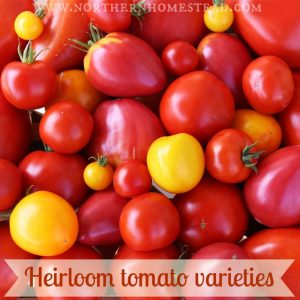

I often heard my dad talk about tomato root rot when I was growing up. He’s a serious gardener and I don’t remember not having fresh tomatoes each summer, so I guess he was quick to take action. Thanks for breaking it all down for me. I haven’t had much success growing tomatoes (don’t tell dad) in my sandy soil. I probably need to get a soil sample done. Actually, I know how to do a soil sample because that was my demonstration at 4-H one year when I was in middle school. 🙂
Oh good for you. I have never done a soil sample test, never had too. We have amazing soil here.
We grow tomatoes, casually, every year. They are probably the most popular garden plant for casual vegetable gardeners like us. I’ll be on the lookout for the root rot problems that you have told us about. Thanks.
Yes, if you read about all the diseases that tomatoes can have, it makes one wonder how it still is the favorite crop to grow. And it is. Usually tomatoes are very easy and grow like weeds. But it is good to know about the problems they can have.
Really good to know – We’re interested in starting out with heirloom tomatoes so this is something to look for once we get established.
Have fun, tomatoes do not normally cos problems, but they do sometimes.
Oh my goodness…now I have to go home and check my tomato roots…mercy!
I sure did not want to scare anyone. Most likely they are just fine.
I’m having trouble with rust on my tomatoes and it’s spreading to everything. I’ve heard of using baking soda but cany remember what else was used with it. Can you help.
I am sorry Kathleen for your problem. Here is a EHow post about rust on plants, hope it helps: Rust Disease on Tomato Plants
That is sad indeed! We have never had this happen. But blossom end rot, we have some of that every year. I am off to read you’re article about it next. I’d love to stop that from happening.
Hope it helps, gardening is so much more fun if things are growing healthy!
This is where the Ollas are used.
Ollas (pronounced “oy-yahs”) are unglazed clay/terra-cotta pots with a bottle or tapered shape that are buried in the ground with the top/neck exposed above the soil surface and filled with water for sub-surface irrigation of plants.
Because water seeps through the walls of an unglazed olla, these vessels can be used to irrigate plants. The olla is buried in the ground next to the seed or transplanted plant start roots that are to be irrigated, with the neck of the olla extending above the soil. The olla is filled with water and plants/crops planted adjacent to it, create a suction force which attracts water molecules to the plant roots. The suction force is created by soil moisture tension and/or plant roots themselves. The plant roots grow around the pots and only “pull” moisture when needed, never wasting a single drop. Little water is lost to evaporation that collects on stems and leaves of plants. The top is covered with a rock or plate to stop evaporation. In areas of freeze the ollas are removed from the soil, dried and stored for the winter to stop cracking.
How to protect the other tomatoes from root rot.
Just don’t water as much, that’s the most important factor. Also, you can add some good compost around the plants, to give them a bust.
After much effort of starting my seeds indoors, my garden was a big fail in 2020..
The squash had root rot, and powdery mildew.. I had to start my pole beans over because the seedlings grew very tall but had no stem structure.. after replanting they did ok.. but no real production..
I decided to buy plants at Home Depot, hoping they would take off, but it was a thirty dollar waste..
One squash plant seemed to have some strange fungus or disease..
I had a square garden bed with a cattle panel, for the veg to climb, and had a mosquito net over top to keep away the squash bugs, it helped but was still finding and squashing the bugs..
Could it be that I watered them to much ( daily) or that I ruined the seeds by starting them incorrectly?
I have a black thumb.. but would love to grow my own food.
Than you
Sorry for your not-so-great expiriance. Happy to hear you want to keep growing. Yes, it does sound like too much water. It is better to water deep (also thoroughly) once or twice a week, than a little bit daily. Gardening is like raiding a bike, you learn by doing.